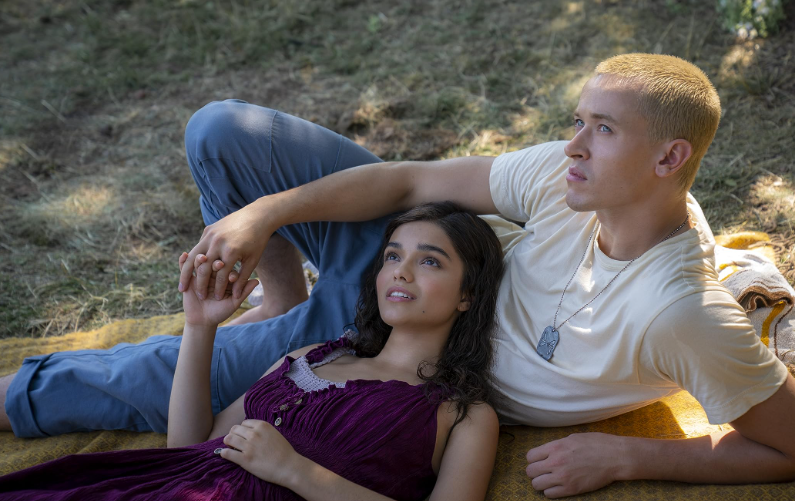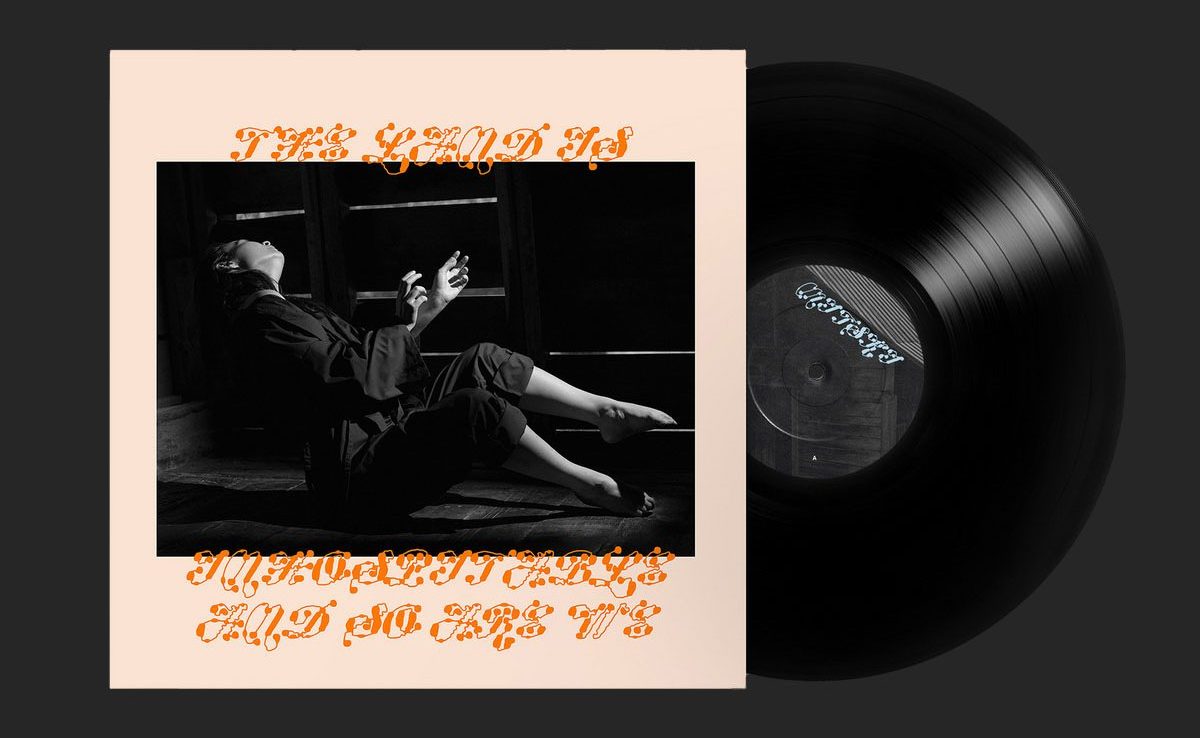
‘The Waiting Room,’ directed by Peter Nicks, attempts an intimate look at the current waiting patient times in public hospitals. Captured in Highland Hospital in California, the film brings perspective into the needs of underserved patients at a time when a public hospital is their last resort.
And the film succeeds to an extent.
Nicks’ art is confusing in the first half; patients shared their reasoning for seeking treatment, but it was difficult to see the connection among all the stories. The later half, however, did bring things into focus as one started to see the same patients again and again, bringing into light the long treatments and visits.
My favorite story was Carl’s. He was an old, African American man who paid frequent visits to the hospital because of drug abuse. He would arrive, the doctors would do their magic and he would leave. Then one time, however, he never left. The pastor whom he stayed with said he no longer wanted Carl. Now the doctor had to decide whether it was better to let Carl stay (and occupy a bed that someone in the waiting room could have used) or let him roam the streets without a home, endangering him of further marijuana and cocaine use.
Carl stayed, and a patient in desperate need of Carl’s bed had to wait longer to receive treatment. Though I wish Carl’s account had been extended to when he left the hospital, ending the story did give more time to discuss other individuals.
With the focus on five patients and a lovely, humorous nurse, Cynthia, the film did communicate the urgency to examine reforms for the healthcare system. Although the message seemed unclear in the beginning, it did come across as stories unfolded. And most importantly, perhaps, the intimate accounts made it easy for one to feel connected to the film. So anyone who has been agonized by hospital wait times or anyone with an interest in public health should try the film.
And one last thing – the designing of the clock and the title of the movie was pretty neat, I thought, so there’s something about design to learn from the movie, too.
By Shivangi Singh























































































Maddie • Mar 5, 2012 at 8:09 am
Shivangi, you are brilliant. As was that movie.